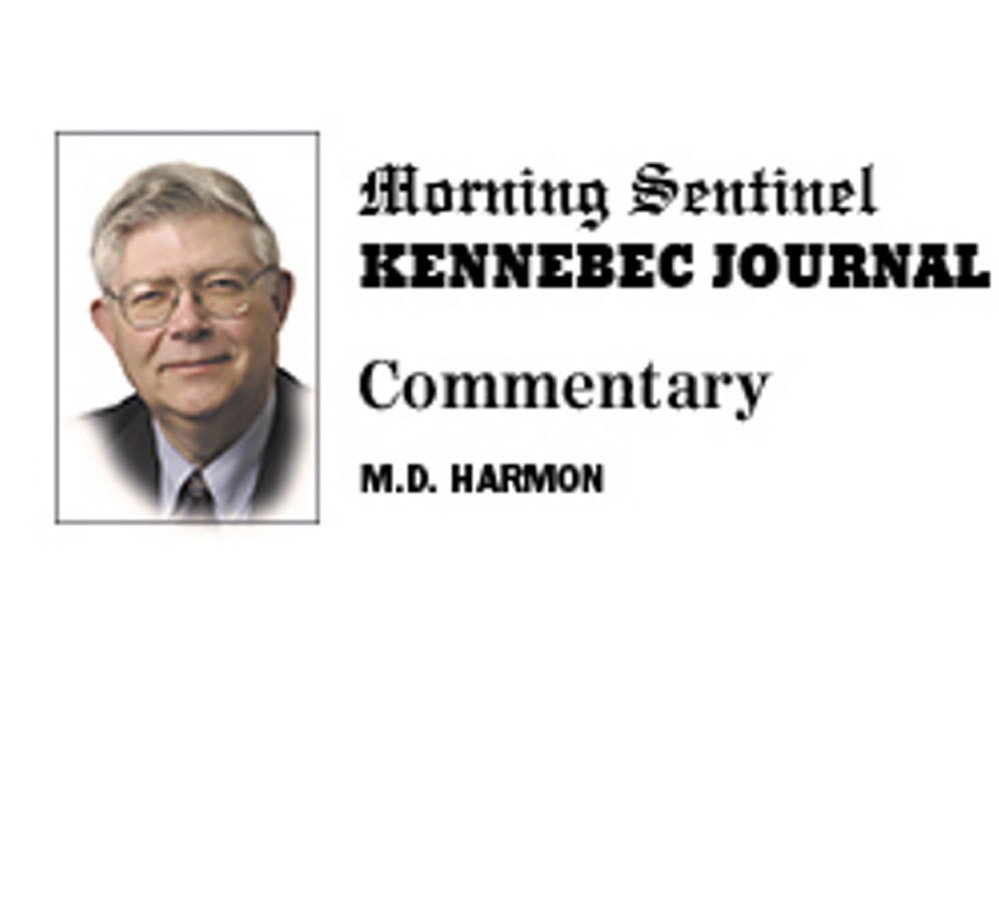It’s still being repeated around the state that Gov. LePage’s tax plan is similar to ones previously supported by Democrats because both wanted to raise and broaden sales taxes while cutting income taxes.
But unlike the Democrats’ two previous efforts, which were “revenue-neutral” – that is, they didn’t cut taxes at all, and were rejected by voters because of it – LePage’s plan includes cuts totaling hundreds of millions of dollars.
In fact, by 2019, the Democrats’ plan would raise Mainers’ taxes by a cumulative total of $167 million, while LePage’s plan would lower them by $645 million when compared to current levels, the Bangor Daily News reported April 10.
That’s quite a ways from “revenue-neutral.”
Sure, part of LePage’s plan is footnoted, “Details to be filled in later,” but at least he has the taxpayers’ interests in mind.
It’s hard to see whose desires Democrats intend to fulfill (beyond their own), but it clearly isn’t the folks who have to ante up on April 15 every year.
Maine’s taxpayers have been cast in the lead role in recurring productions of H.G. Wells’ “The Invisible Man” for decades, and as far as the left is concerned, they were born to fill the part and should play it for the rest of their lives.
One of the criticisms of LePage’s plan is that it cuts revenue-sharing funds collected by the state but passed on to local communities.
But, as noted recently by Matt Gagnon, head of the Maine Heritage Policy Center, a conservative think tank, the rationale for establishing the revenue-sharing program was “to help lower property taxes and keep them lower.” Or, as the law put it, to “stabilize the municipal property tax burden and to aid in financing all municipal services.”
A study recently conducted by the Maine Heritage Policy Center shows “the growth of property tax collections (in constant 2015 dollars) after the institution of revenue sharing not only goes up, but goes up dramatically.”
Indeed, Gagnon adds, property taxes “have more than doubled – again, corrected for inflation – since the inception of revenue sharing.”
It appears that all revenue sharing has done is to let communities raise spending without having to be accountable to local taxpayers for the money removed from their paychecks.
Mainers should be telling their representatives in both parties that they are tired of being treated like cash cows to be milked.
In that context, LePage has promised more than just tax cuts. He ran for office this time around promising to deep-six the income tax entirely by the end of his second term.
Why? As the nonpartisan Tax Foundation says, “Maine’s personal income tax system consists of two brackets and a top rate of 7.95 percent. That rate ranks 9th highest among states levying an individual income tax. Maine’s state and local income tax collections per person were $1,086 in 2012, which ranked 16th highest nationally.”
Can a small state really afford to be that far up on the high-tax ladder? The website of Chief Executive magazine, chiefexecutive.net, ranks Maine 36th in the nation for “Best and Worst States for Business.” Texas and Florida, two states with no income tax, rank No. 1 and No. 2, respectively.
If business leaders are being told that about us, shouldn’t we try to change it?
True, I just read a Maine Voices column in this newspaper saying there’s no “cause-and-effect” relationship between low taxes and economic growth. This op-ed claimed that it’s just coincidental that the two go hand in hand in a half-dozen states across the nation.
So, is it another coincidence, as economist Stephen Moore points out in The Washington Times on April 12, that “the blue states that try to lift up the poor with high taxes, high welfare benefits, high minimum wages and other Robin Hood policies tend to be the places where the rich end up the richest and the poor the poorest”?
Liberals make a lot of noise about “income inequality,” but it appears they’re the ones creating it. As a result, Americans are voting with their feet.
In “Rich States, Poor States,” a report Moore wrote for the conservative American Legislative Exchange Council with Arthur Laffer and Jonathan Williams, he says the three economists found that “five of the highest-tax blue states in the nation – California, New York, New Jersey, Connecticut and Illinois – lost some 4 million more U.S. residents than entered these states over the last decade. Meanwhile, the big low-tax red states – Texas, Florida, North Carolina, Arizona and Georgia – gained about this many new residents.”
“So much for liberal policies creating a workers’ paradise,” Moore concluded.
Maybe the correlation between prosperity and low taxes in so many states is a coincidence – although it would be a stunningly huge one.
Perhaps we should cut taxes and find out the truth for ourselves.
M.D. Harmon, a retired journalist and military officer, is a freelance writer and speaker. He can be contacted at:
mdharmoncol@yahoo.com
Send questions/comments to the editors.



Success. Please wait for the page to reload. If the page does not reload within 5 seconds, please refresh the page.
Enter your email and password to access comments.
Hi, to comment on stories you must . This profile is in addition to your subscription and website login.
Already have a commenting profile? .
Invalid username/password.
Please check your email to confirm and complete your registration.
Only subscribers are eligible to post comments. Please subscribe or login first for digital access. Here’s why.
Use the form below to reset your password. When you've submitted your account email, we will send an email with a reset code.